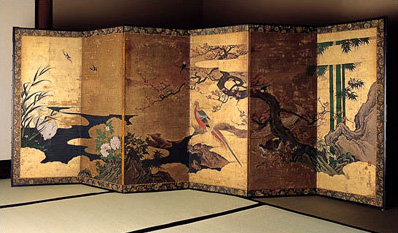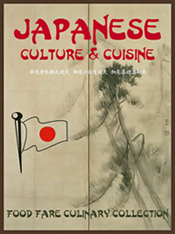JAPANESE FOOD HISTORY
The nuance of Japanese cuisine and preparation methods thereof have developed over a period of more than two thousand years, often the result of political and social upheavals. Today, Japanese food is well-known for its seasonal quality of ingredients and visual presentation.
Korea was a major influence sometime in 400 BC, their rice-growing techniques adopted by the Japanese during the Yayoi period (300 BC to 300 AD). Rice was not only used for food, but to produce paper, wine, fuel and building materials as well. In addition, Korea brought soy beans and wheat to Japan, both of which are still used in their cooking today.
Religion has also played an important part in the developing food culture of Japan. Buddhism became the country's official religion during the 6th century, when human consumption of meat and fish was prohibited. The Shinto religion had similar edicts, one of which established fowl as God's messengers sent to announce the coming dawn. Dairy products were not widely consumed in the Middle Ages. Cattle were instead used for plowing fields or pulling carts.
During the 9th-century, some of the typical cooking methods in Japan included grilling fish and meat (yakimono), simmering (nimono) and steaming (mushimono).Vegetable and meat-based soups were known as atsumono. Common dishes might be jellied fish (nikogori), raw fish in vinegar sauce (namasu), vegetables or fish with dressing (aemono) or pickled vegetables cured in salt (tsukemono).



